
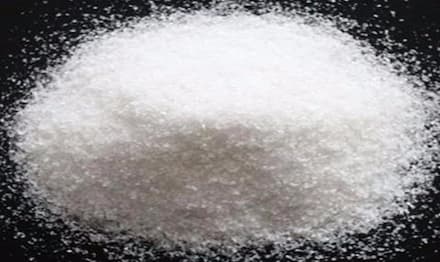
(PAM) polyacrylamide is a general term for acrylamide homopolymer or polymers copolymerized with other monomers.(PAM) polyacrylamide is one of the most widely used varieties of water-soluble polymers. (PAM) polyacrylamide is widely used in oil extraction, papermaking, water treatment, textiles, medicine, agriculture and other industries.
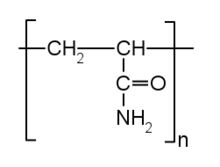
Polyacrylamide (PAM) is a water-soluble polymer with excellent flocculation, thickening and dispersing properties. Its molecular structure contains a large number of hydrophilic groups, so that it can quickly dissolve in water and form a high-viscosity solution, which is suitable for water treatment, oil extraction, papermaking and other industries. In wastewater treatment, PAM is used as a highly efficient flocculant, which promotes precipitation and solid-liquid separation by combining with suspended matter in water, thus improving the efficiency of water treatment. The mechanism is based on the interaction of polymer chains with the surface of particles to form a mesh structure that traps suspended matter or grease in the water to achieve flocculation and separation effects.
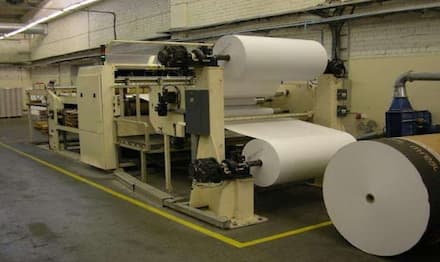
Advantage:
Efficient flocculation: In wastewater treatment and oil extraction, PAM effectively removes suspended solids, oil and grease, and impurities from water, enhancing treatment results.
Enhanced rheology: In the papermaking and textile industries, PAM significantly improves the viscosity and rheological properties of liquids, increasing product stability.
Environmentally friendly: As a water-soluble polymer, PAM has a low environmental impact and meets environmental protection requirements.
Wide adaptability: The molecular weight and ionic type (cationic, anionic, neutral) can be adjusted according to the needs to meet the application requirements of different industries.
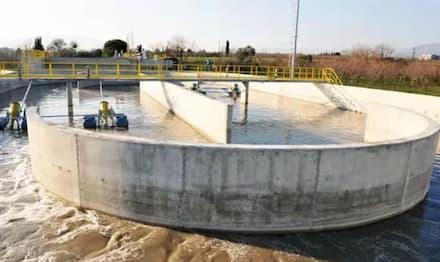
Polyacrylamide application range
1、It is used as retention aid and reinforcing agent in the papermaking process.
2、It is used as a coagulant aid, flocculant, sludge dewatering agent in water treatment.
3、It is used as a dewatering agent and oil displacement agent in oil drilling.
4, PAM is also widely used in thickening, colloid stabilization, drag reduction, bonding, film formation, biomedical materials, etc.
Polyacrylamide usage and precautions:
(1) Determine the model and dosage of the product through a small test.
(2) The product is prepared into an aqueous solution with a concentration of 0.1% (referring to solid content), preferably neutral water without salt.
(3)When dissolving water, the product is evenly sprinkled into the stirred water, and appropriate heating (<60℃) can accelerate the solution.
5、This product has hygroscopicity, it should be sealed and stored in a cool and dry place at a temperature below 35℃.
6. Avoid spreading solid products on the ground to prevent the ground from becoming slippery after the product absorbs moisture.
7、When preparing PAM aqueous solution, it should be carried out in enamel, galvanised, aluminium or plastic drums. It should not be prepared and stored in iron containers.
8、When dissolving, it should be noted that the product should be added into the dissolver with stirring and heating measures evenly and slowly, and should avoid solidification. The solution should be prepared under suitable temperature, and should avoid long time and overly drastic mechanical shear. It is recommended that the stirrer be 60-200 rpm, otherwise it will lead to polymer degradation, affecting the use of the effect.
9, PAM aqueous solution should be prepared as soon as it is used. When the dissolved solution is placed for a long time, its performance will gradually decrease depending on the water quality.
10、After adding the flocculant aqueous solution to the suspension, if it is stirred fiercely for a long time, the floccules that have been formed will be destroyed.
Anionic polyacrylamide (APAM) product description:APAM is white powder, molecular weight ranging from 6 million to 25 million. It has good water solubility and can be dissolved in water in any proportion and is insoluble in organic solvents. The effective PH value range is 7 to 14. It has the characteristics of a high polymer electrolyte in a neutral alkaline medium, is sensitive to salt electrolytes, and can be cross-linked with high-valent metal ions to form an insoluble gel.
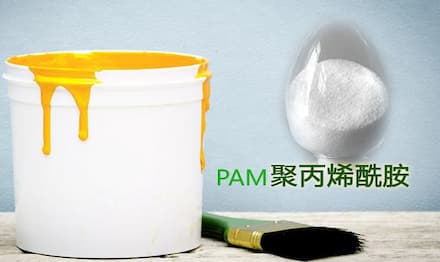
Hot Tags :
Hot Tags :
Hot Tags :
Hot Tags :
A total of 1 pages